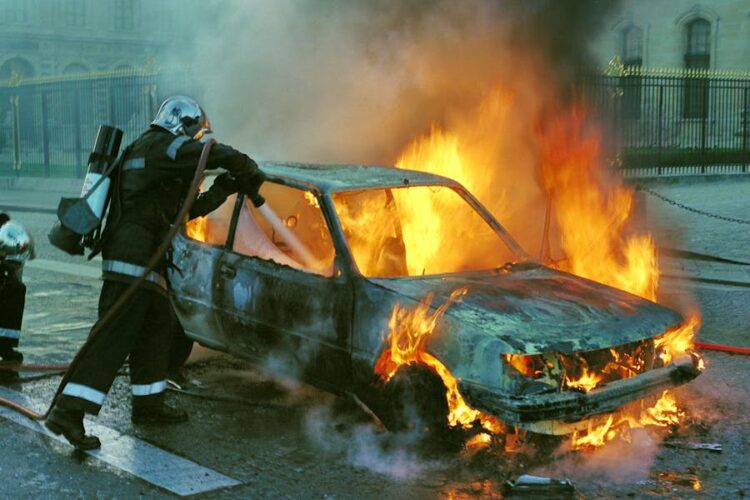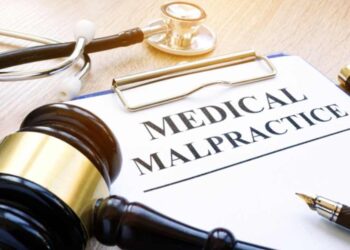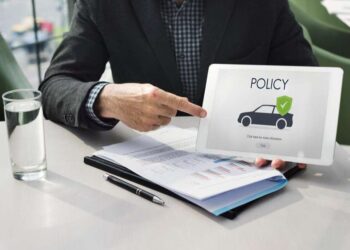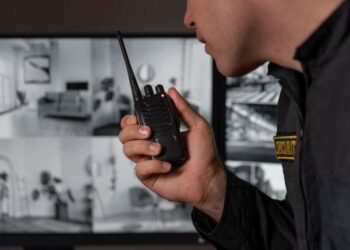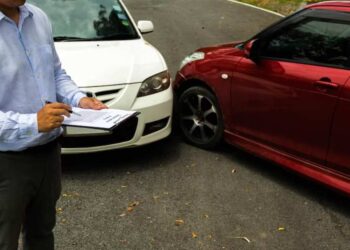When it comes to a single-vehicle accident, proving liability can be a daunting and overwhelming task. As the sole driver involved, you may feel that there is no way to establish the responsibility of the accident.
However, the truth is that there are steps you can take to prove liability and ensure that you are not held accountable for damages or injuries. In this guide, we will walk you through the crucial factors to consider and the evidence you can gather to support your case.
Understanding Single-Vehicle Accidents
Single-vehicle accidents typically involve a vehicle hitting an object such as:
- a tree
- guardrail
- embankment
They might also include rollovers or scenarios where the driver swerves to avoid an obstacle and subsequently crashes. While it may seem that the driver is inherently at fault, many factors could contribute to the accident. Some of these may shift liability away from the driver.
Factors Influencing Liability
To prove liability in a single-driver accident, several key factors can impact the outcome.
Road Conditions
Poor road conditions, such as potholes, debris, or inadequate signage, can cause a driver to lose control. If you believe road conditions contributed to your accident, you might be able to hold the local municipality or responsible agency liable. Documenting the state of the road with photographs and eyewitness testimonies can be crucial.
Vehicle Malfunctions
Mechanical failures like brake malfunctions, tire blowouts, or steering issues can lead to single-vehicle accidents. In such cases, the manufacturer or a mechanic who recently serviced the vehicle might be held accountable. Retaining the vehicle for a thorough inspection and obtaining maintenance records can help establish this form of liability.
Third-Party Actions
Another vehicle’s actions, even if no collision occurs, can cause a single-vehicle accident. For instance, if a car swerves into your lane, forcing you to veer off the road, that driver could be liable. Obtaining eyewitness accounts and any available dashcam footage can substantiate your claim.
Steps to Prove Liability
Proving liability can be a crucial step in receiving compensation for damages and injuries. Here are some steps in proving fault.
Collect Evidence
Gather as much evidence as possible from the accident scene. This includes photographs of the crash site and your vehicle’s condition.
This includes any contributing factors like road hazards or weather conditions. Eyewitness statements can also be invaluable.
Obtain a Police Report
Always report the accident to the police and obtain a copy of the official report. This document provides an unbiased account of the incident and is often critical in proving liability.
Retain Professional Inspections
If you suspect vehicle malfunction, get your car inspected by a qualified mechanic or automotive expert. Their report can help prove that the accident was due to mechanical failure rather than driver error.
Consult Legal Counsel
An attorney specializing in car accidents can offer significant assistance. They can help accident evidence gathering, negotiate with insurance companies, and represent you in court if necessary. This includes explaining liability, such as an overview of Valet Liability.
Document Medical Treatments
Keep detailed records of any medical treatments related to the accident. This aids in your physical recovery. It also substantiates your claim by linking your injuries directly to the accident.
Winning a Single-vehicle Accident
In conclusion, proving liability in a single-vehicle accident can be a complicated and challenging process. However, by following the steps above, you can build a strong case and hold the responsible party accountable.
Don’t let your rights be overlooked. Contact a legal professional today to ensure that you receive fair compensation for your damages.
If you want to read more articles, visit our blog.


